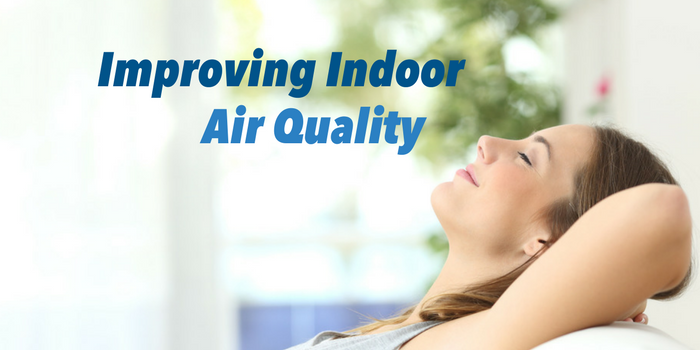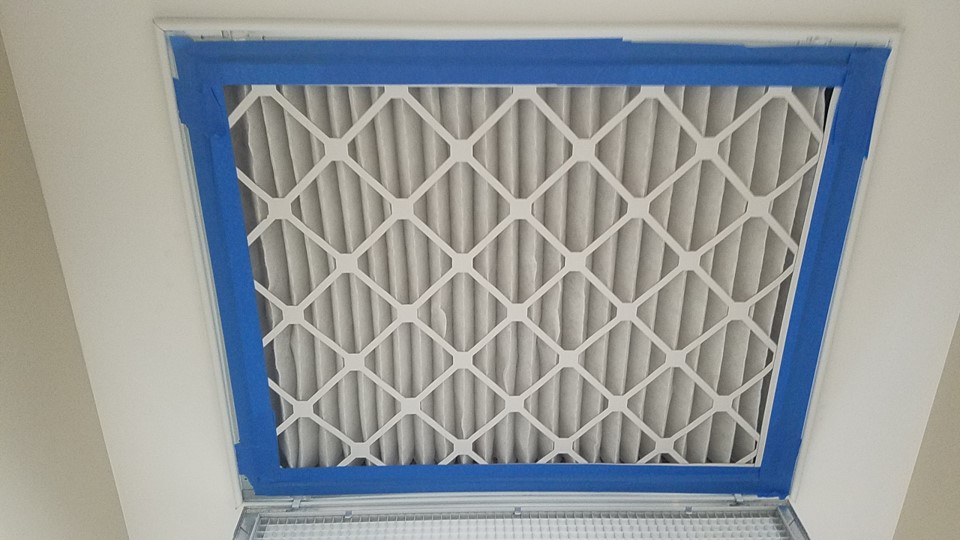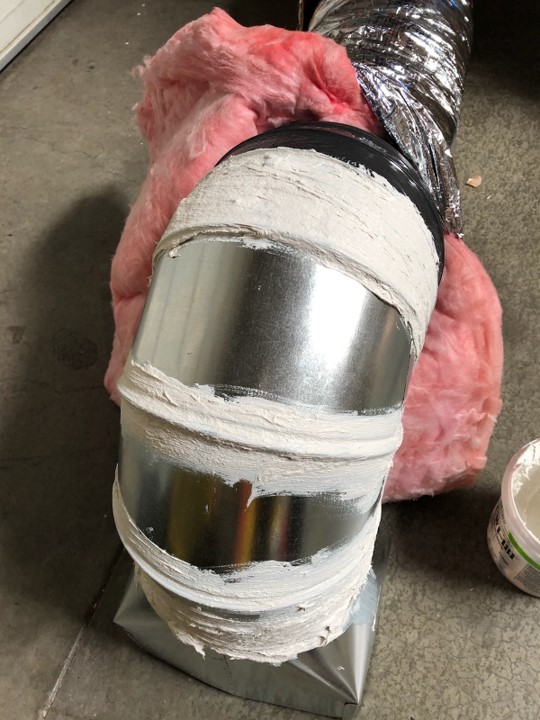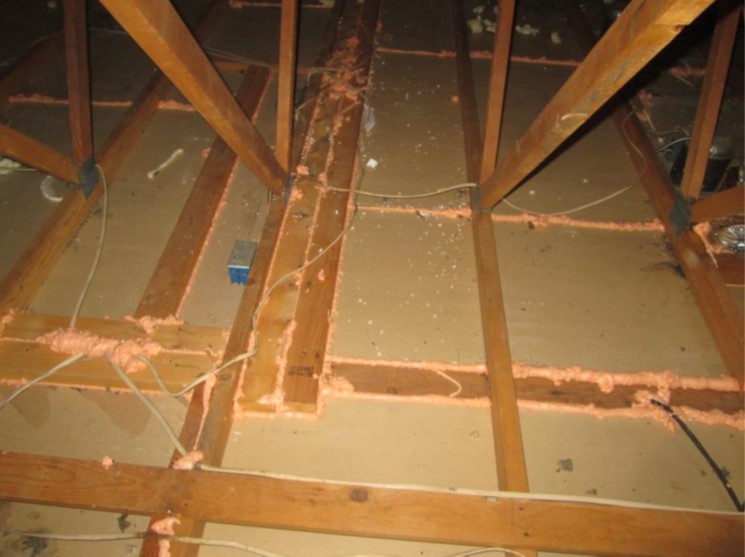 Your ventilation and air filtration is key to your indoor air quality (IAQ).
Your ventilation and air filtration is key to your indoor air quality (IAQ).
We have three main goals when it comes to great indoor air
- High oxygen content.
- Low particulate matter.
- Contaminate isolation.
Here is how we achieve these goals
- Your air should be refreshed with outside air continuously while you’re home. Our standard guideline is one full air exchange with filtered outdoor air every three hours. This maintains great oxygen levels, which allows us to think and feel better in our homes. We generally do this with a balanced ventilation system such as an HRV or ERV ducted to supply air to the occupied areas and exhaust from bathrooms and laundry rooms.

- Filtration should be filtering harmful particulates out of the air of your home. We do this in three ways:
- By bringing in filtered air from outside while simultaneously exhausting stale dirty air out.
- By designing your heating and cooling system to be able to accept high filtration filters, such as MERV 13 or even HEPA.
- By installing the filter at the grille, which is easier to seal for bypass, doesn’t allow particulates inside of the return duct, and provides easy access for filter maintenance.

- By installing ducts that don’t leak! Our installs are always tested to achieve a zero measurable leakage, which assures that contaminants won’t come in through a leaky duct (yes, it goes both ways).

- Contaminate isolation is where we air seal the attic to home barrier from the attic at the drywall. The other way we acheive isolation of contaminates is by installting a vapor barrier in the crawlspace which minimizes the dirt, dust, moisture, and soil contaminates from entering the home.

Balanced Ventilation (HRV / ERV)
Balanced ventilation is two part ventilation. For every cubic foot of air exhausted from the house a cubic foot of filtered air is introduced to the house. It is balanced so no uncontrolled air is introduced or exhausted from the house while completely ventilating the house.
Balanced ventilation normally refers to an HRV (heat recovery ventilation) or ERV (energy recovery ventilation). They retain some of the conditioned air inside of the house before exhausting it outside. In a cooling season the cool conditioned air passes through a heat exchanger, cooling it, and then the hot outside air passes through it. The heat is then transferred from the outside air to the heat exchanger removing the heat from the air (cooling the air). The air is then filtered and supplied to the house through the small ducts. In the heating season it works in the opposite way. The conditioned indoor air is exhausted out, heating the heat exchanger. The cold outside air is drawn in passing through the heat, exchanger which heats up the air which is then filtered and delivered into the house.
Exhaust ventilation
Exhaust ventilation is a fan exhausting air from one or multiple rooms in the house, usually the bathrooms, and then exhausted outside. The stagnant air is exhausted out of the house and the replacement air comes in through either open windows or cracks and leaks throughout the building. We usually recommend setting these with a very low always on airflow and run them continuosly. How much air is determined by building volume and occupants.
This type of ventilation strategy can create a larger amount of harmful particulate matter if you’re attic and crawlspace are not perfectly sealed. The fact that we are relying on the building to filter the air coming in, it is very important that we control where it doesn’t come from (attic and the soil) since we can’t control where it will come from.
There is energy lost with this type of ventilation because you are losing conditioned air via the exhaust fan and bringing in unconditioned air.
Natural Ventilation
Natural ventilation is the air exchanging through your house naturally.
One type is opening windows. Opening of windows or ports in the house can ventilate your house. With a good wind pressure on one side of the house you can effectively ventilate. Drawbacks are that you must depend on a pressure in order to bring the air through the house, it doesn’t remove all of the air, and the air coming in can be dusty, pollinated and/or polluted in other ways. It is also unlikely that you will be opening up windows during when there is a large temperature difference from inside to outside which can leave you with stagnant, poor indoor air quality.
Your house can also breathe on its own. Depending on how leaky your house is and what the pressures are (i.e.; wind pressure, stack pressure, etc.). This type of ventilation can bring in very dirty air (from attics, crawl spaces and outside pollutants) and is inconsistent which can leave your house with stagnant, poor indoor air quality.
More Services Below
